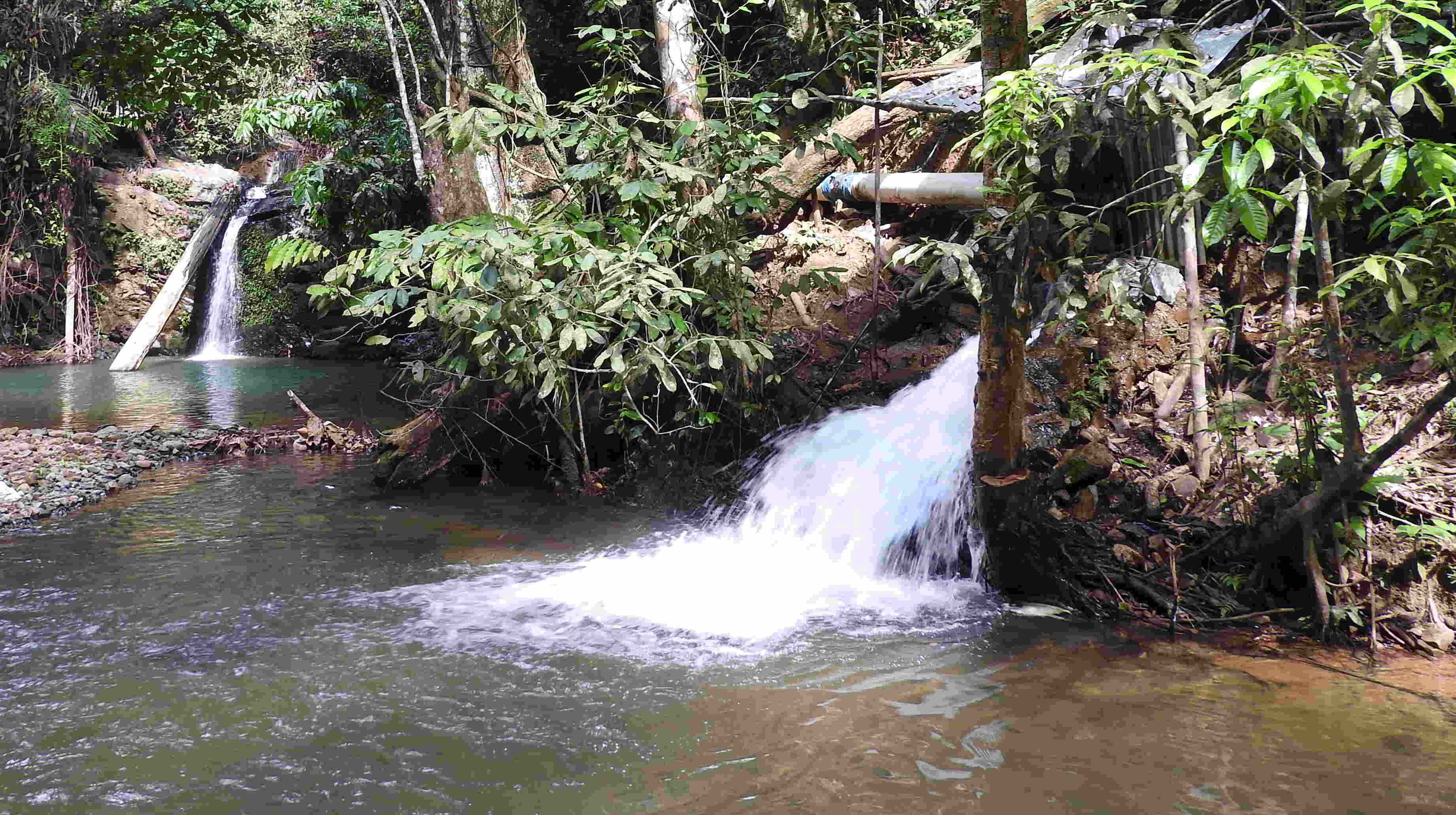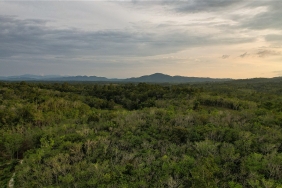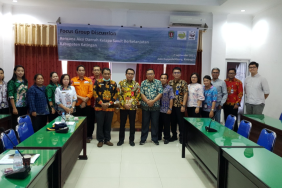MICRO HYDRO AS A RENEWABLE ENERGY SOLUTION IN PESISIR BARAT REGENCY
From a clump of trees high up on the riverbank, we could hear the sound of a waterfall. We walk closer to the river where the micro hydro has been installed for the past three years to provide light for the people of Sukabanjar village in Lampung's West Pesisir district. We have to ride our motorbikes for about half an hour from the last village road and continue our journey through the hills. The cool, unspoiled air was the reward for our journey that morning.
Ten micro hydro plants have been installed and are helping to power 185 homes with a capacity of 500 kW in the village. In the absence of electricity from PLN in the village, the community relies heavily on alternative renewable energy, particularly micro hydro and solar panels. Sukabanjar Village is one of the villages bordering the TNBBS, Protected Forest, and Limited Production Forest. According to the community, tiger tracks are still often found in this area. Meanwhile, elephants are rarely seen. One resident even recounted that in 1994, herds of elephants often came to the community settlement. But over the past decade, no elephants have come to their settlements or gardens anymore. The practice of oil palm plantations on community land is also thought to have affected elephant habitat.
Since 2015, Sukabanjar villagers and WWF Indonesia have built a joint commitment to support the preservation of the forest that is the source of water from the river where they utilize micro hydro. This micro hydro machine is a support from Toyota and WWF as a form of commitment in supporting the renewable energy program in the buffer village of Bukit Barisan Selatan National Park. The location of the village adjacent to TNBBS makes the role of the community very important to participate in preserving the national park forest.
Through this partnership, the community is expected not to encroach on the forest so that the water supply to the river remains stable and does not interfere with the micro hydro that they utilize.
The river, which is located in the Limited Production Forest area that buffers the TNBBS, used to be an encroachment area planted with coffee.
"There are 100 hectares of restored forest area. The community planted jengkol and nutmeg plants. So the condition of the forest is starting to improve now. It also affected the river where we installed the micro hydro. Even though there was a flash flood, the micro hydro can still be utilized." Eli Suheli, who is the head of the MHP group, explained. The community considers that the MHP program is very beneficial for them.
Before the existence of this MHP, Sukabanjar residents used diesel by filling at least 2 liters of diesel per night with an average expenditure of Rp 600,000 / month. By using micro-hydro, they only need to pay Rp 50,000/month for maintenance fees paid monthly to the group management.
When there is MHP, the benefits are felt directly by the community, among others, helping the community's economic activities. With electricity, women in Sukabanjar village who previously ground coffee manually can now grind coffee with a grinding machine. Lighting from the MHP also helps school children to study at night. In addition, the community can now use the water machine without having to walk far to the river to fetch water. The community also claims to be able to get new information with the TV in their homes.
WWF invites the community to restore the condition of the forest in the region. The renewable and low-cost MHP can illuminate the village community and preserve the forest in Bukit Barisan Selatan.





